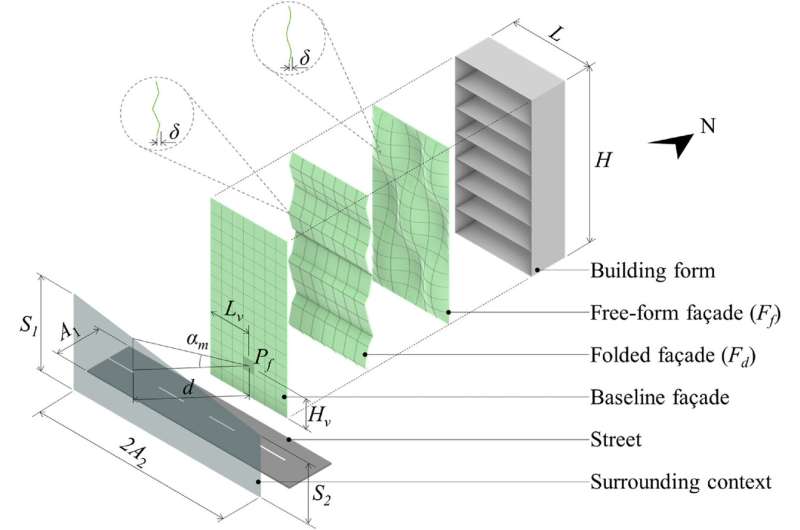
Operating a building is often costly given the price of heating and energy usage, accounting for 37% of global CO2 emissions. As more commercial and mixed-use buildings are constructed across Canada, using sustainable energy measures to manage their environmental impact is vital to the health of our planet.
University of Waterloo researchers have now developed an innovative double-skin building façade that contains microalgae and uses machine learning to generate energy.
Two papers on the technology, “Optimization models for photosynthetic bioenergy generation in building façades” and “Neural Networks for Monitoring Microalgae Biomass in Building Façades”, were published in the Renewable Energy Journal and the Journal of Technology|Architecture + Design, respectively.
“Microalgae application in buildings transforms energy-efficient architecture into sustainable, living systems that capture carbon, lower thermal loads and reduce energy demands and costs,” said Dr. Mohamad Araji, director of Architectural Engineering and professor at the School of Architecture.
“We want to expand the use of microalgae to make buildings net producers of energy, self-sustainable and independent of the power grid. If we can integrate this renewable energy system into a tall building’s façade, which has more total surface area than a building’s rooftop, this could be a game-changer.
In buildings with double-skin façades, or two layers of a glass wall with a cavity between them, the space between the two walls houses a photobioreactor that grows microalgae to absorb sunlight and provide indoor shade for thermal insulation.
Using software simulation and machine learning, Araji and Adham Elmalky, a recent Ph.D. graduate from the Department of Mechanical and Mechatronics Engineering, studied different geometries of building glass walls, from flat to curved surfaces, to optimize the photobioreactor’s performance. The results showed that it grew microalgae biomass by an 80% increase, which will help make the building more energy efficient.
“Our system has improved the use of microalgae for indoor temperature control, and we envision that with the right building infrastructure, this enhanced volume of biomass can be converted into biofuel for a building’s power generation. This system can stabilize or even reverse the potential loss of indoor heat that buildings often experience,” Elmalky said.
This innovative approach to renewable energy generation is particularly applicable in cold climate countries like Canada. Buildings demand an enormous amount of fuel to stay warm and operational during winter and rooftops are unusable due to their accumulation of snow.
Going forward, the Waterloo engineers plan to engage with industry and other research teams to advance the photobioreactor’s design with a focus on reengineering the inner glass wall and other test outcomes.


























